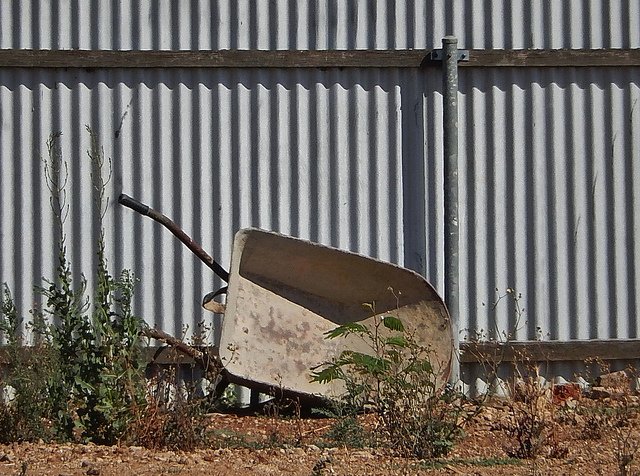
Addressing gun violence in the United States is often a heated political issue — polarizing constituents around what solutions are best to address it. Reducing the thousands of firearm homicides and nonfatal shootings that occur each year will require some serious debate and complex solutions. But there is one surprising factor that may reduce gun violence — cleaning up neighborhoods. A recent study featured in Huffington Post shows that this simple strategy of “cleaning and greening” vacant lots may have some far-reaching impacts on reducing crime.
The researchers partnered with the Pennsylvania Horticultural Society’s LandCare program to randomly select lots in Philadelphia for either a full transformation (picking up trash, putting up a fence and grass seed, and maintenance), a partial makeover (trash removal and mowing only), or left untouched.The researchers then measured shootings in the area from 2011 to 2015.
They found that areas that received the full “cleaning and greening” saw a 7% reduction in shootings, and the partially treated areas a 9% reduction, when compared to areas with no cleaning or maintenance. John Macdonald, one of the study authors, notes that this cleaning strategy did not appear to displace shootings to other blocks, and that cleaned up lots could have other health and safety benefits. He also noted that the solution has its limitations and needs more research to understand the impacts of “cleaning and greening”:
“You couldn’t green a city and just eliminate the chronic problems of gun violence that are highly concentrated in city blocks just by doing remediation to places.”
Sociologist Eric Klinenberg notes “broken windows” theory — the idea that visible signs of crime, like broken windows, creates an environment that encourages further crime — is the main impetus behind this experiment. However, he also points out that broken windows theory has been used to justify policing of low-level crimes like public drinking — particularly against people of color and homeless people. These policing practices were not only severely misguided, but completely overlooked the environmental aspects of the original theory:
“What’s so striking is that the [original 1982 article The Atlantic] was actually much more about broken windows than it was about bad people…For decades now, we have fought crime by trying to crack down on people.”
Rather than reducing crime “by punishing people,” Klinenberg suggests that we need more resources and social infrastructure in communities that are heavily impacted by crime. As he concludes, “What we have not done is invest in places and rebuild places where crime is concentrated.”

Comments 4
Benedict Camberpruff — May 21, 2022
Thank you for this very helpful article. I also have a problem, I need to clean my air duct and urgently, if any of you know any cleaning service for this would be cool
Angelique Camberpruff — May 21, 2022
When you start having problems with Air Duct, in the sense that dust is already interfering with the operation of the equipment, then you should think a little longer and just call the professionals, namely Air Duct Cleaning Perth Amboy, these guys will deal with your problem and moreover, they will do it efficiently and cheap. Contact them
peter parker — September 22, 2022
Each of the information in this post is inevitable and shocking so thank you for a particularly goliath entire word search for sharing this post.
wilma — May 24, 2023
There is no avoiding the truth that periodically hiring outside assistance for trash disposal is important. This is especially true when there is a significant volume of waste. Anything that is too large to fit in a regular-sized garbage can is considered bulk waste. You might get in touch with UV Rubbish Removal, the top utah junk pickup company in the valley, as opposed to just leaving them on the street and hoping for the best. No matter how large or heavy your bulk waste items are, their specialists can help you remove them.